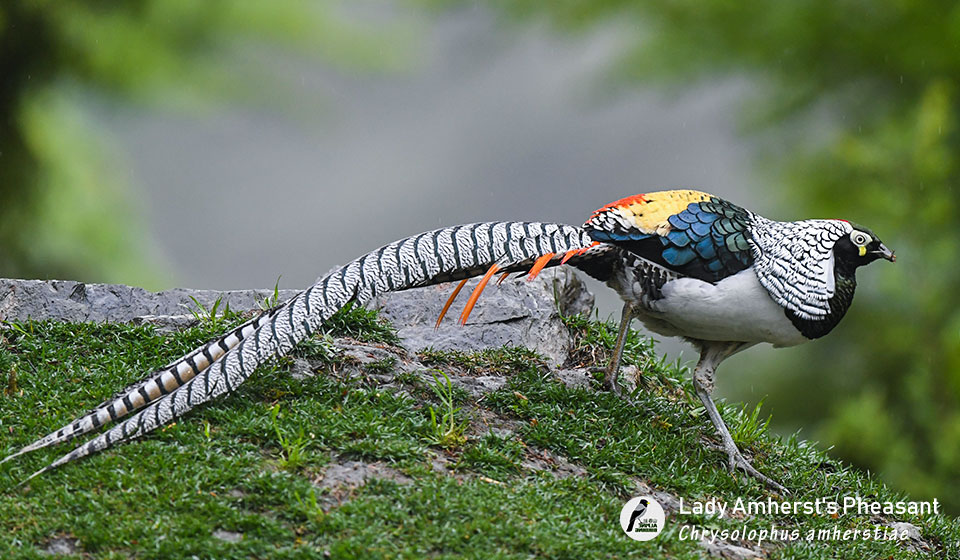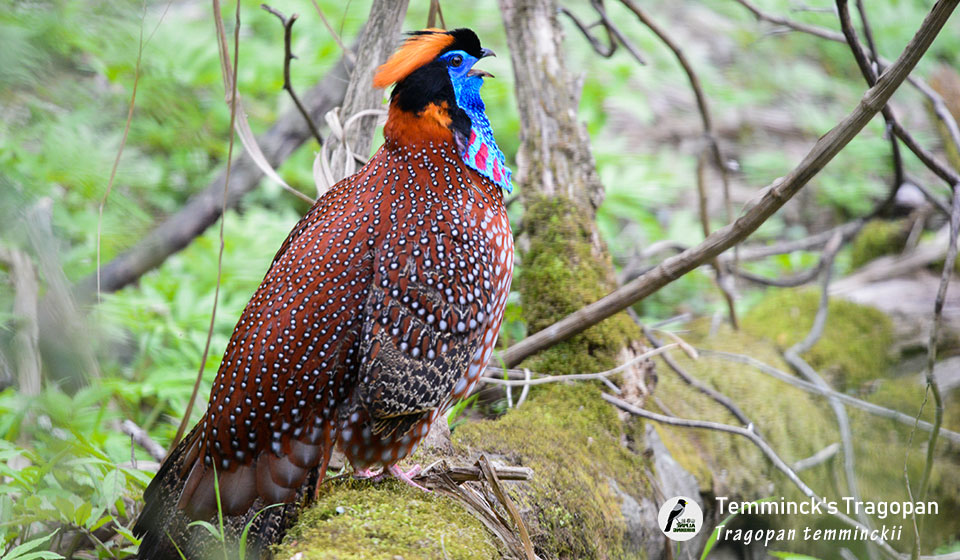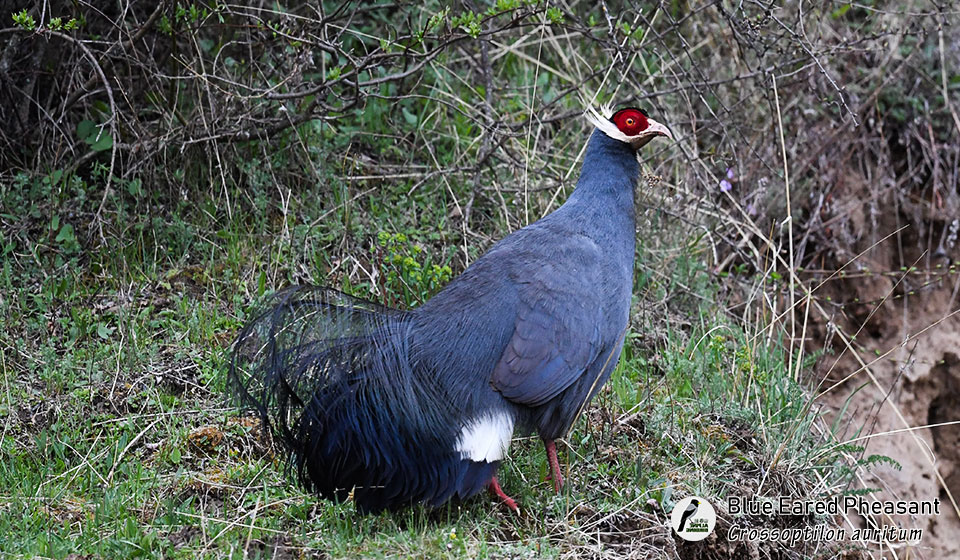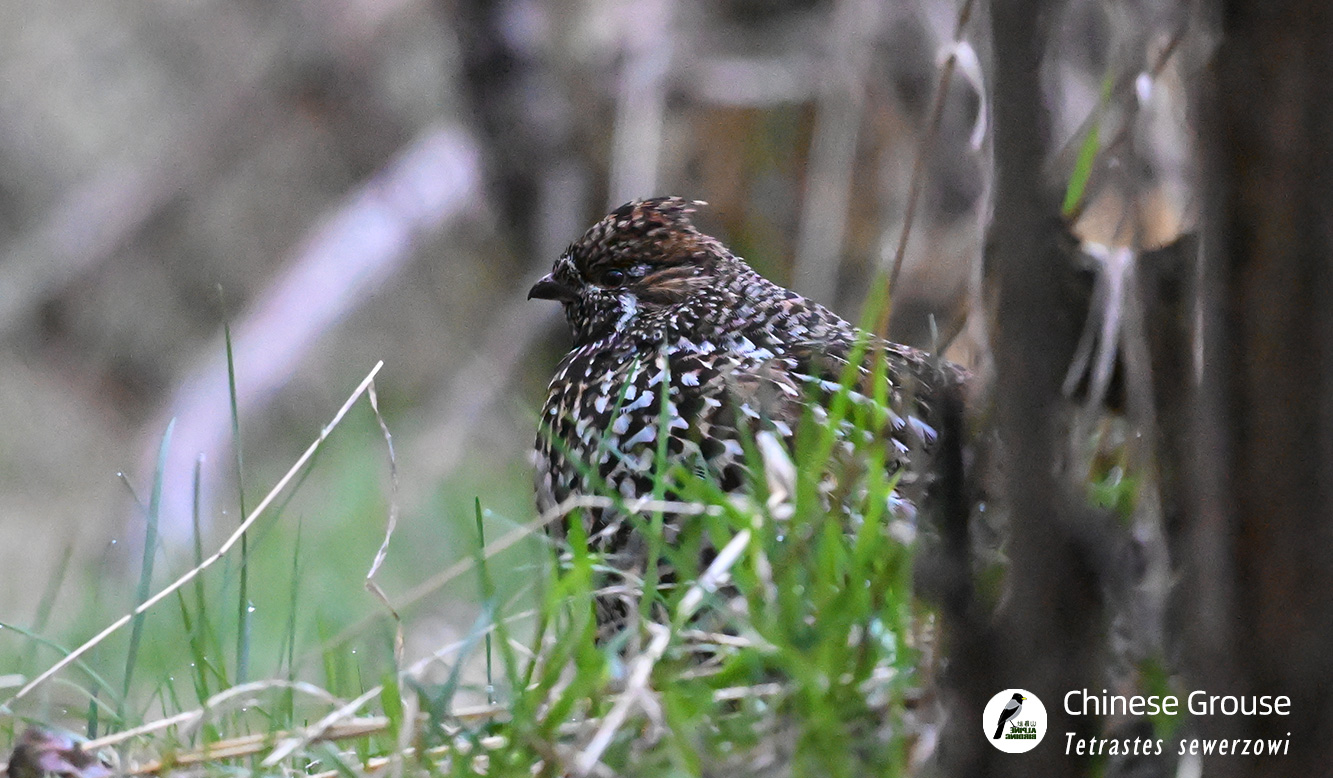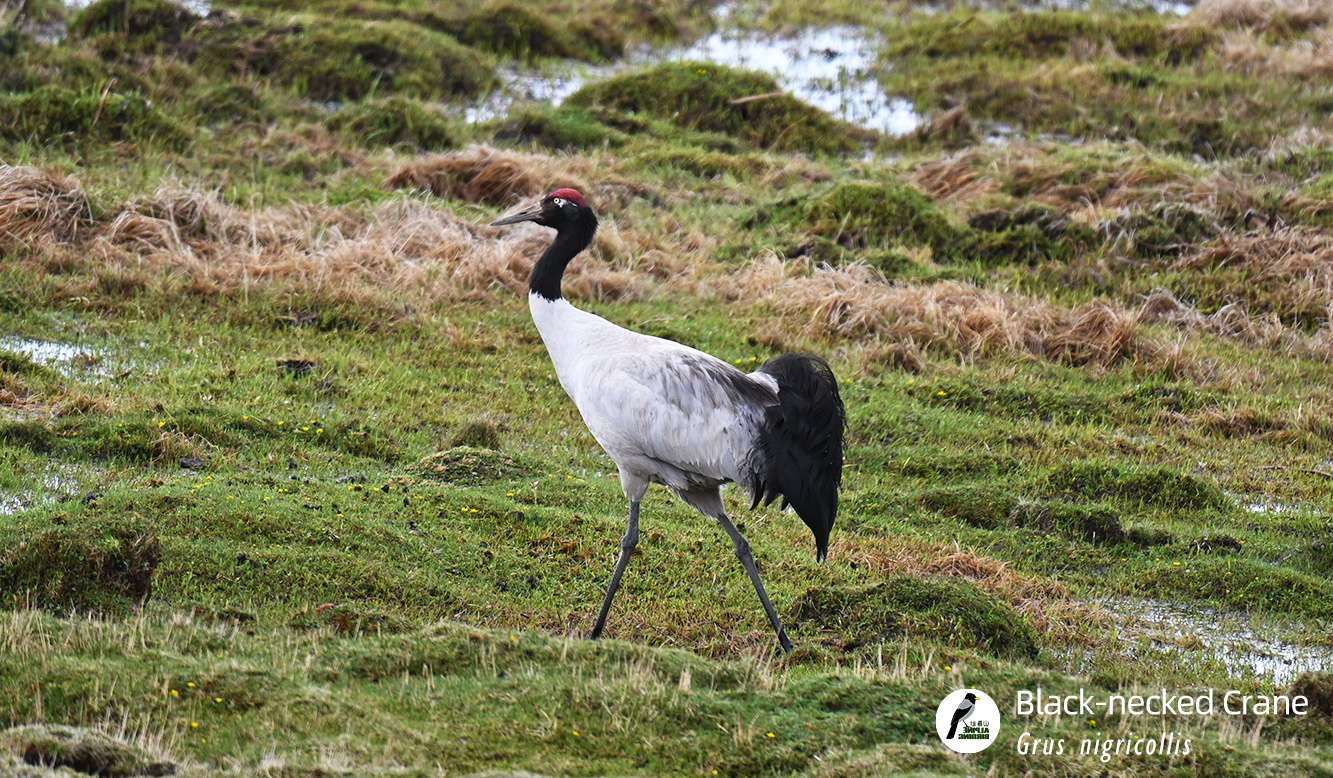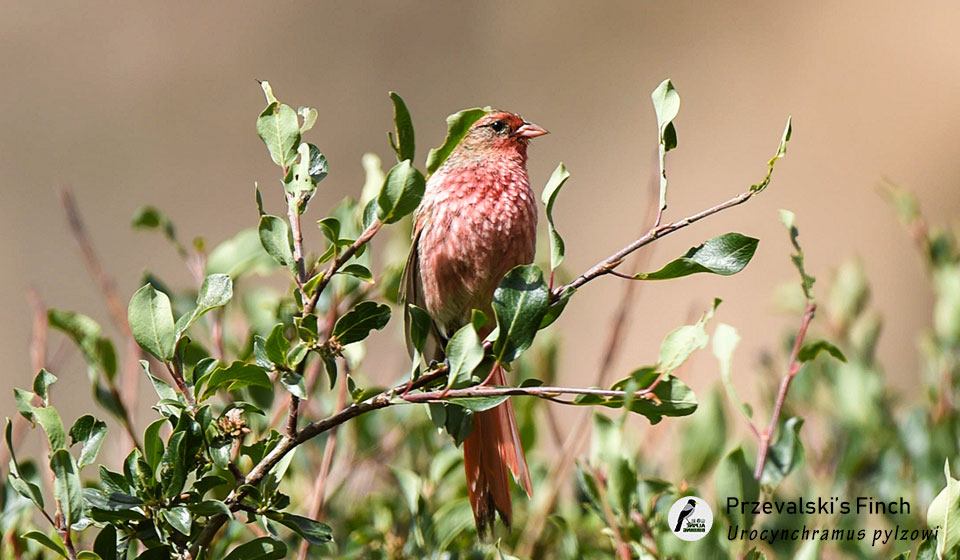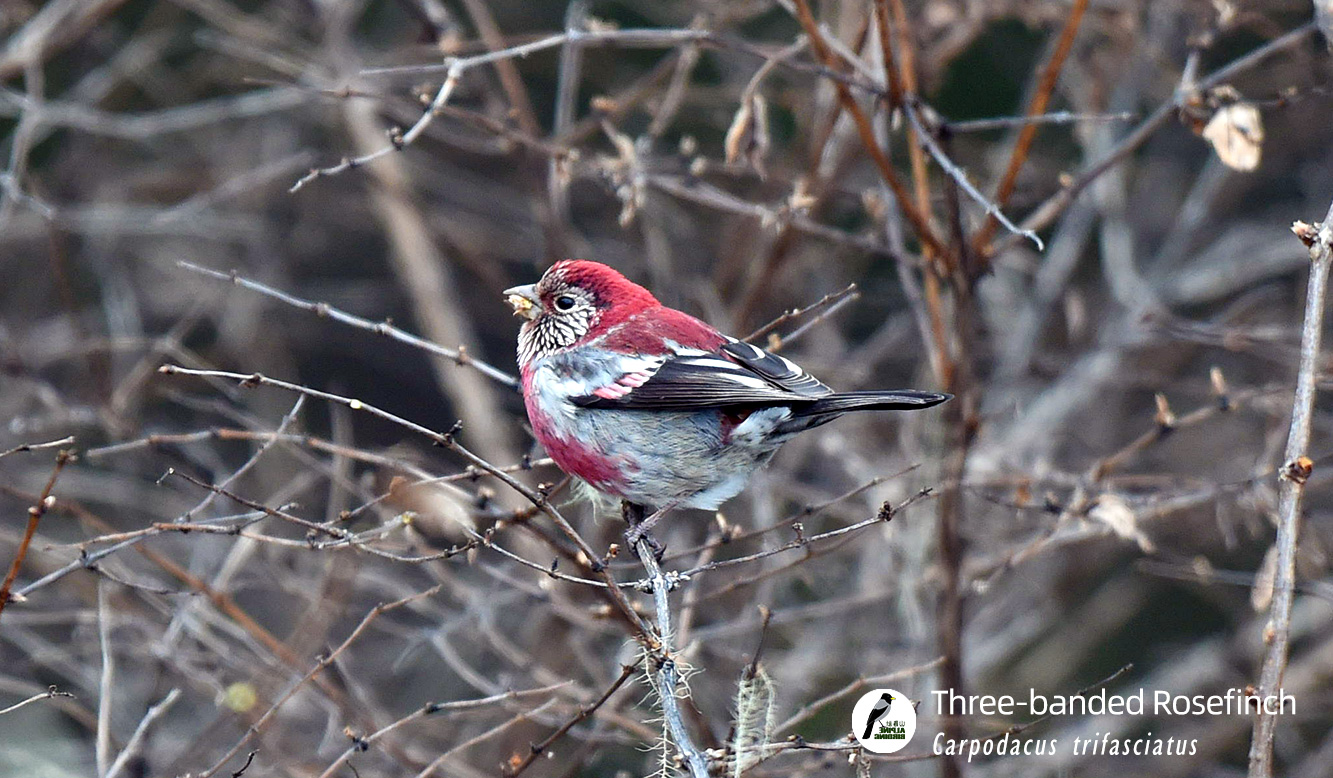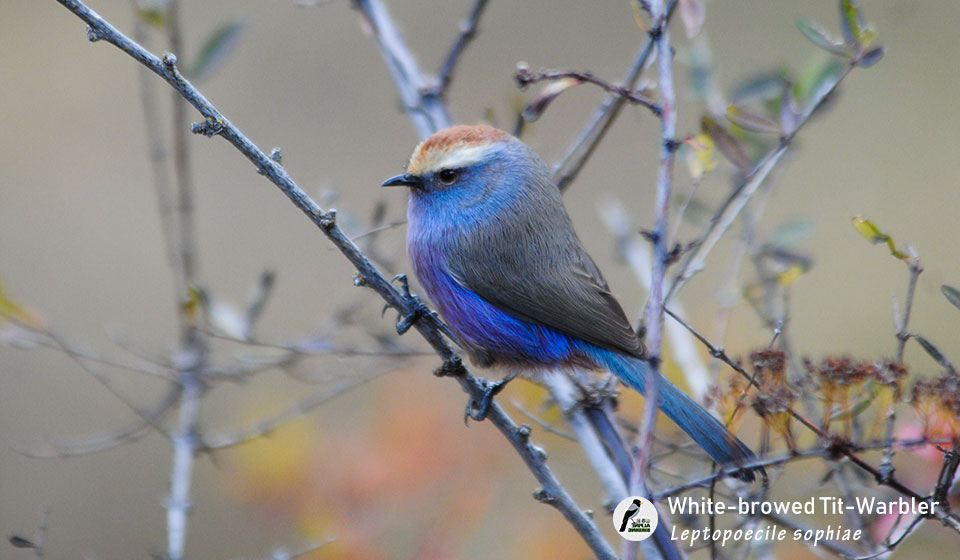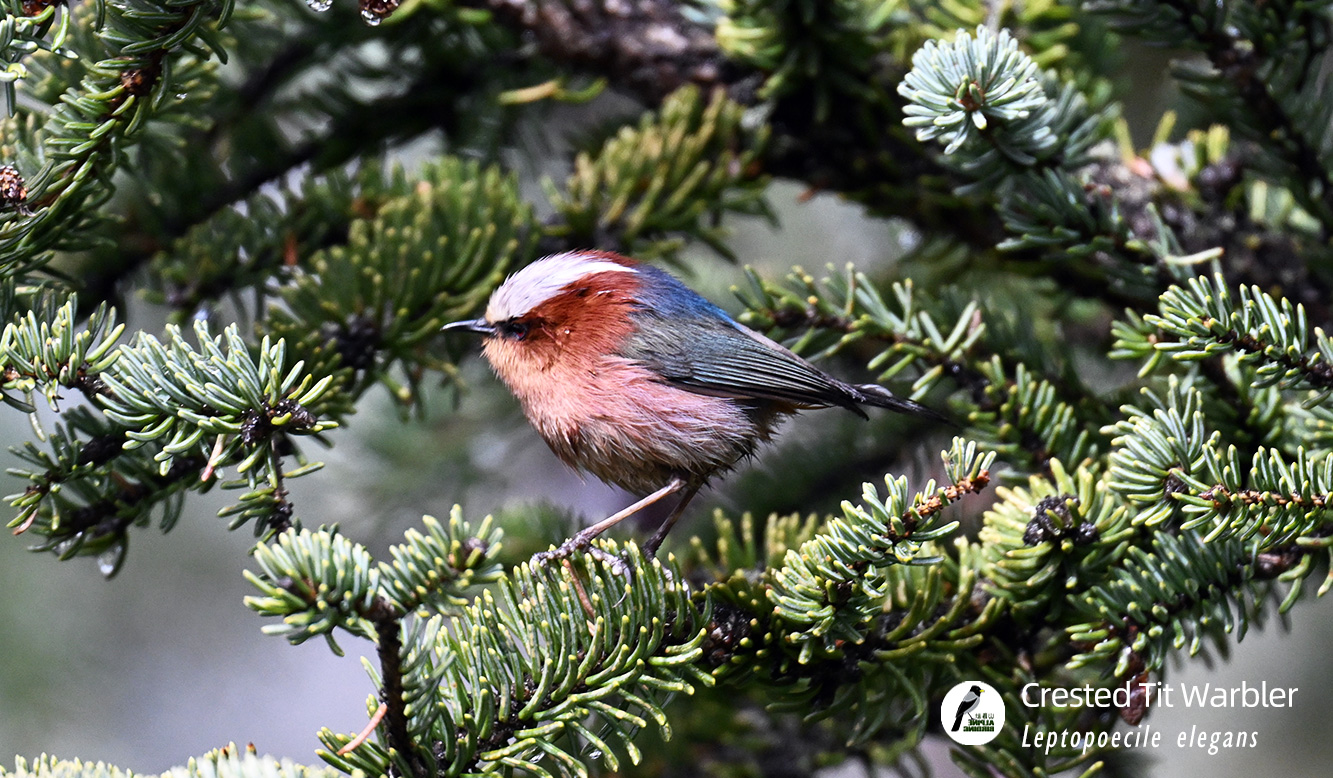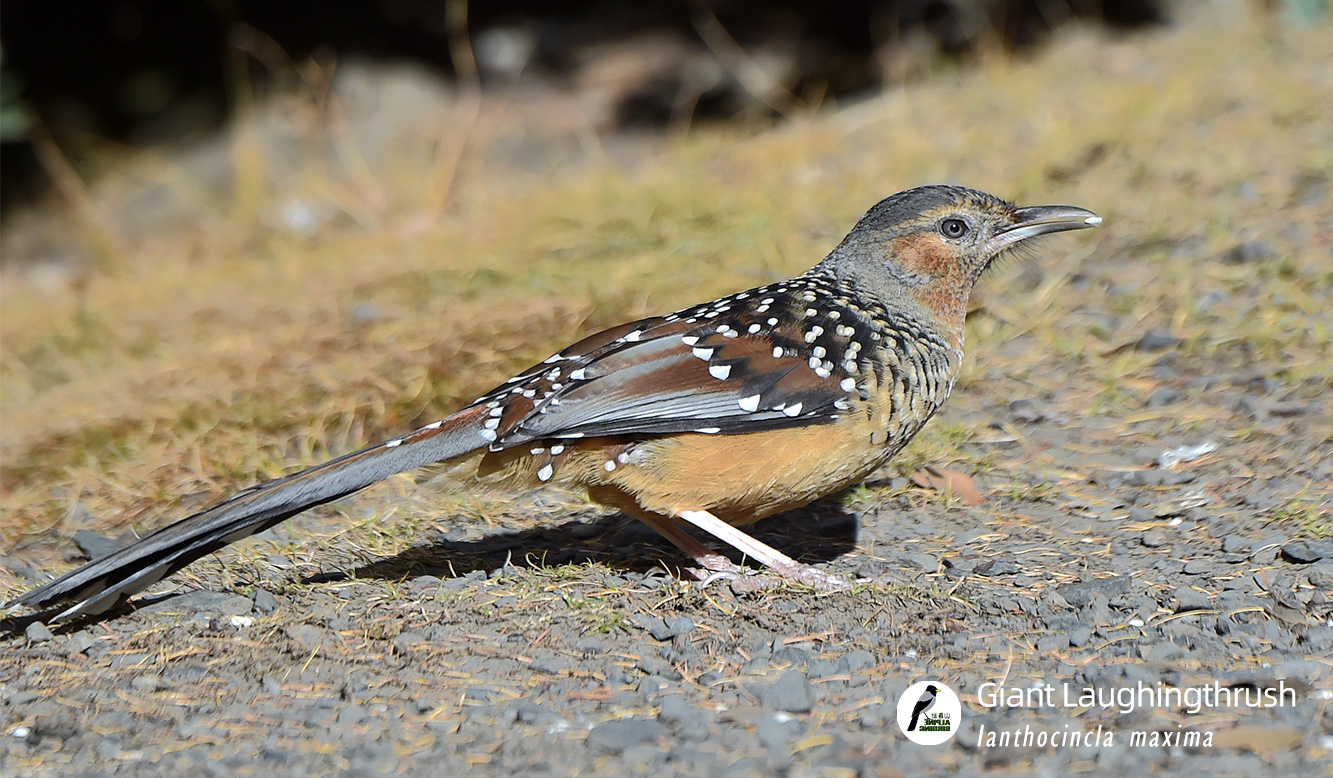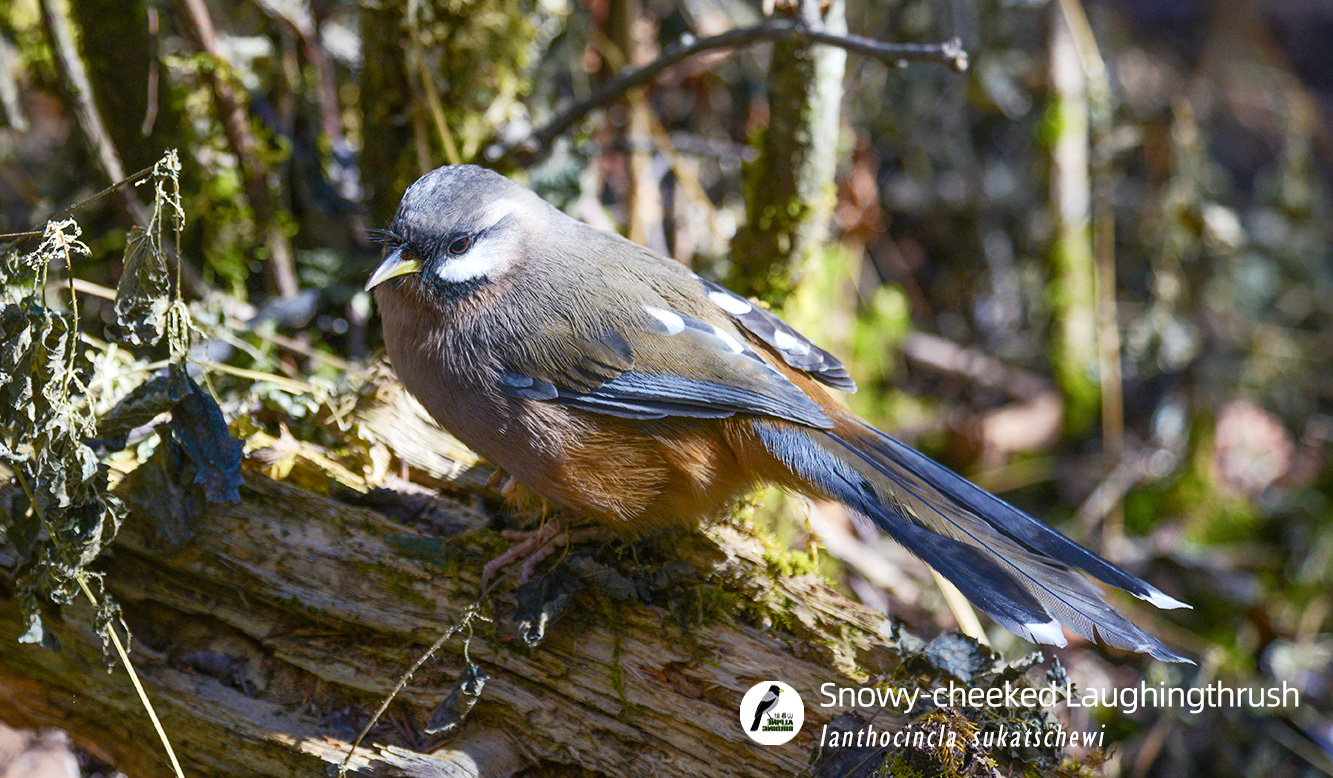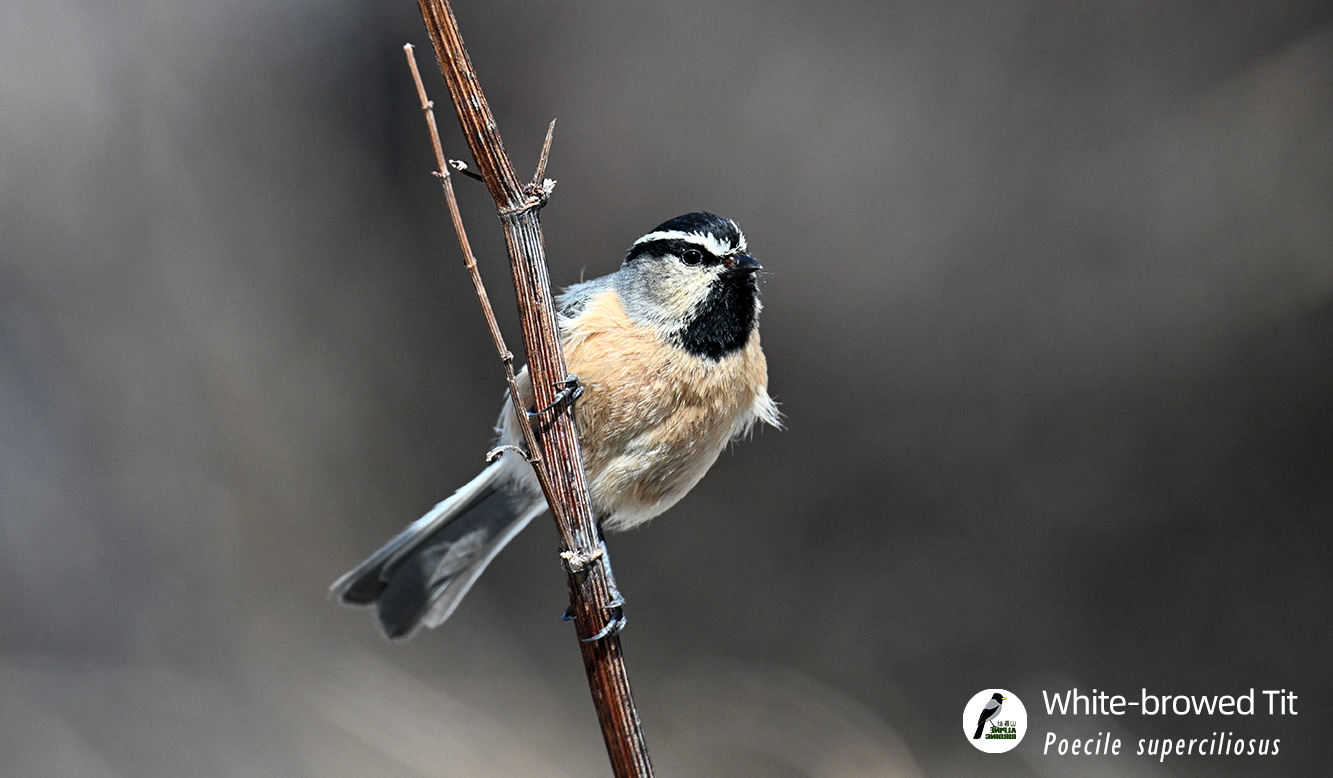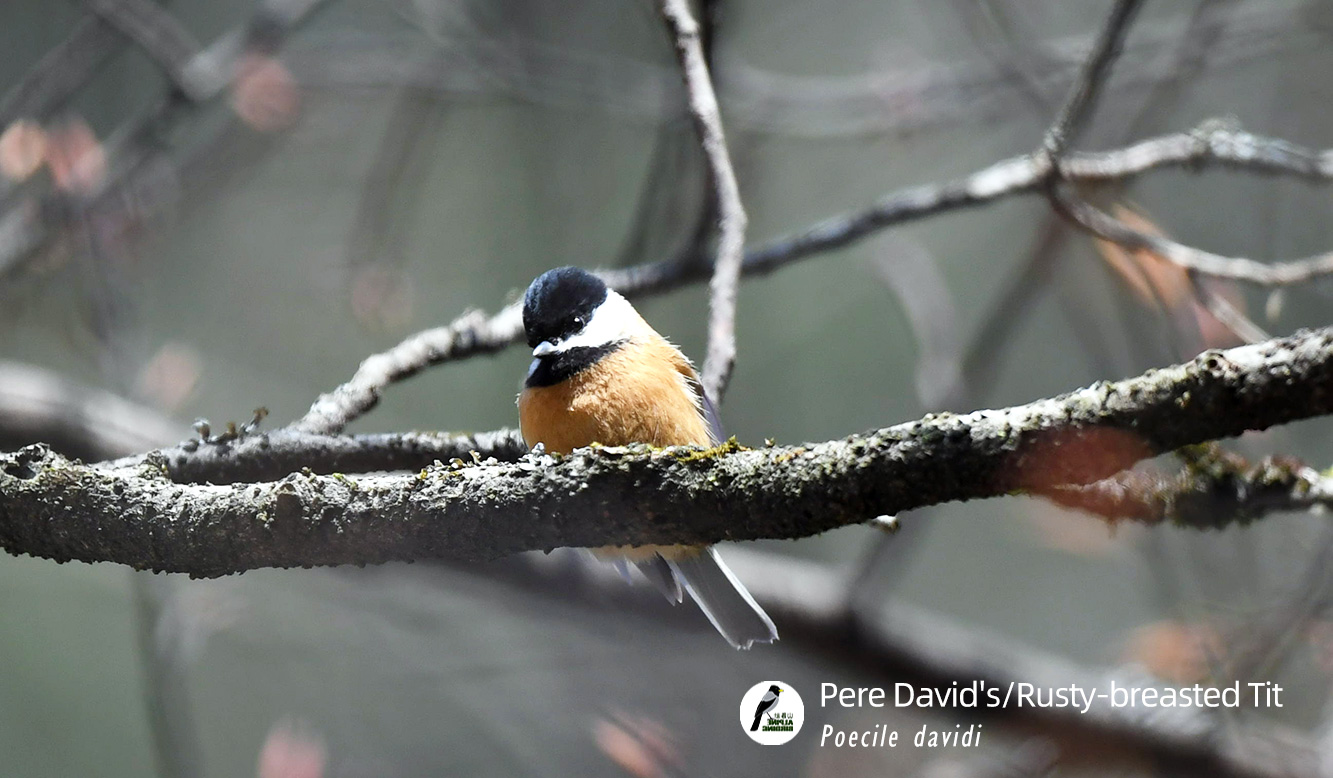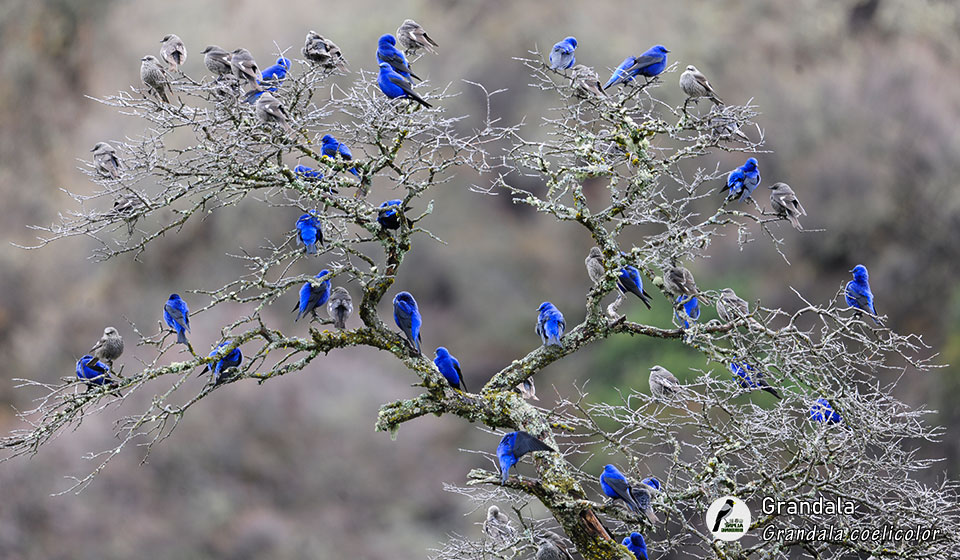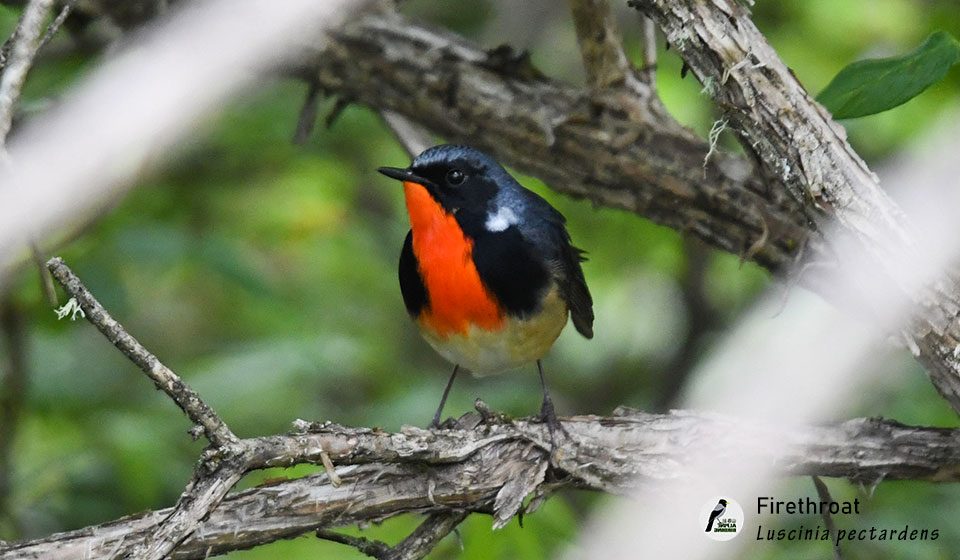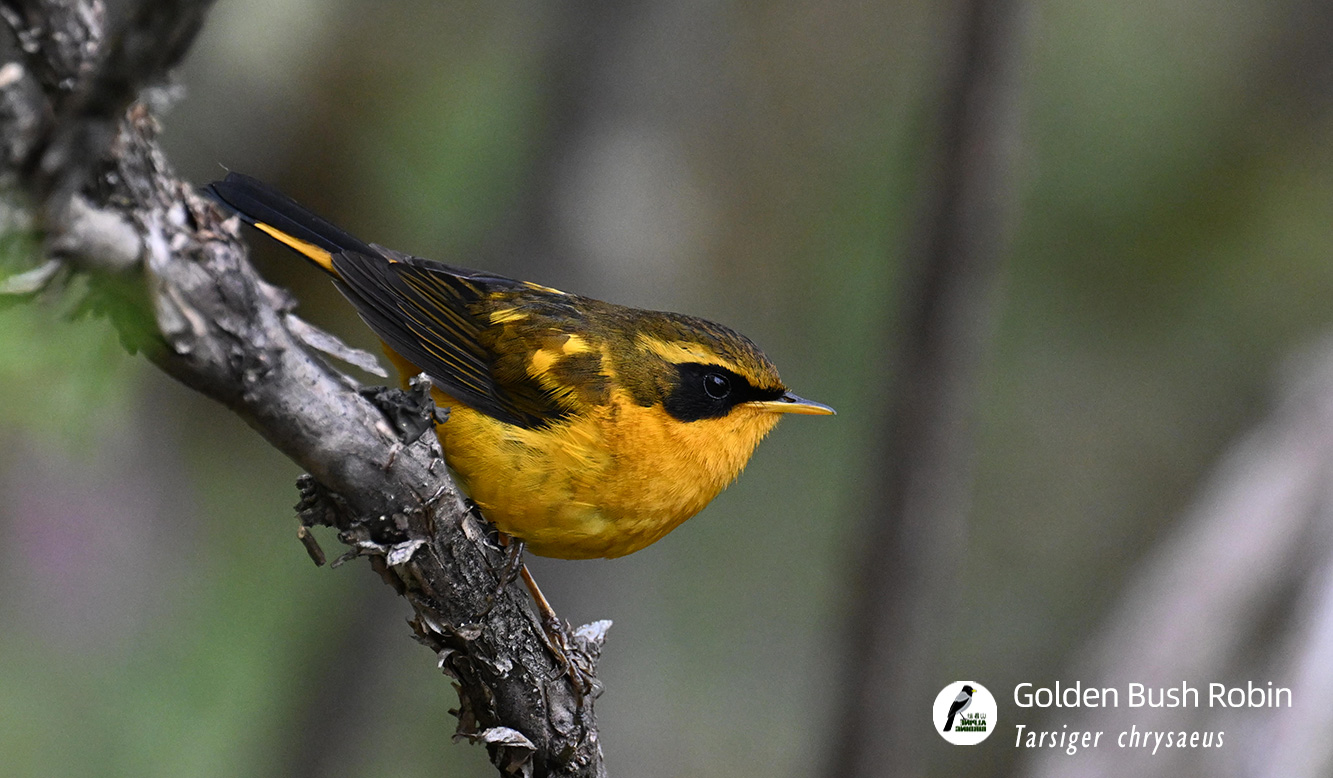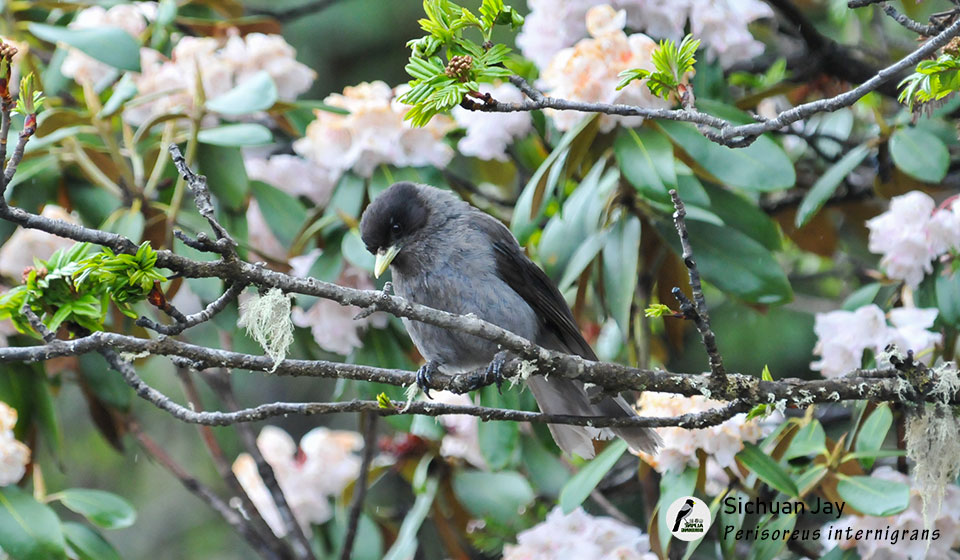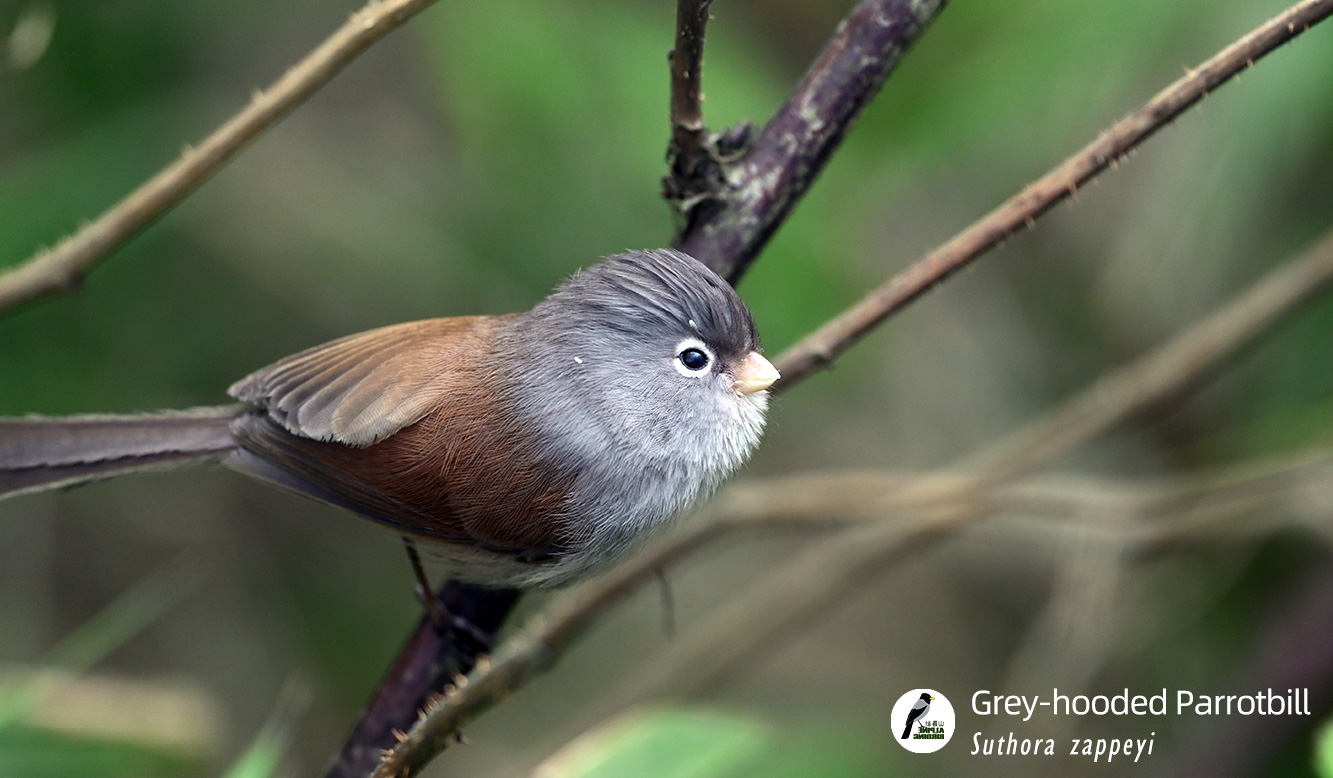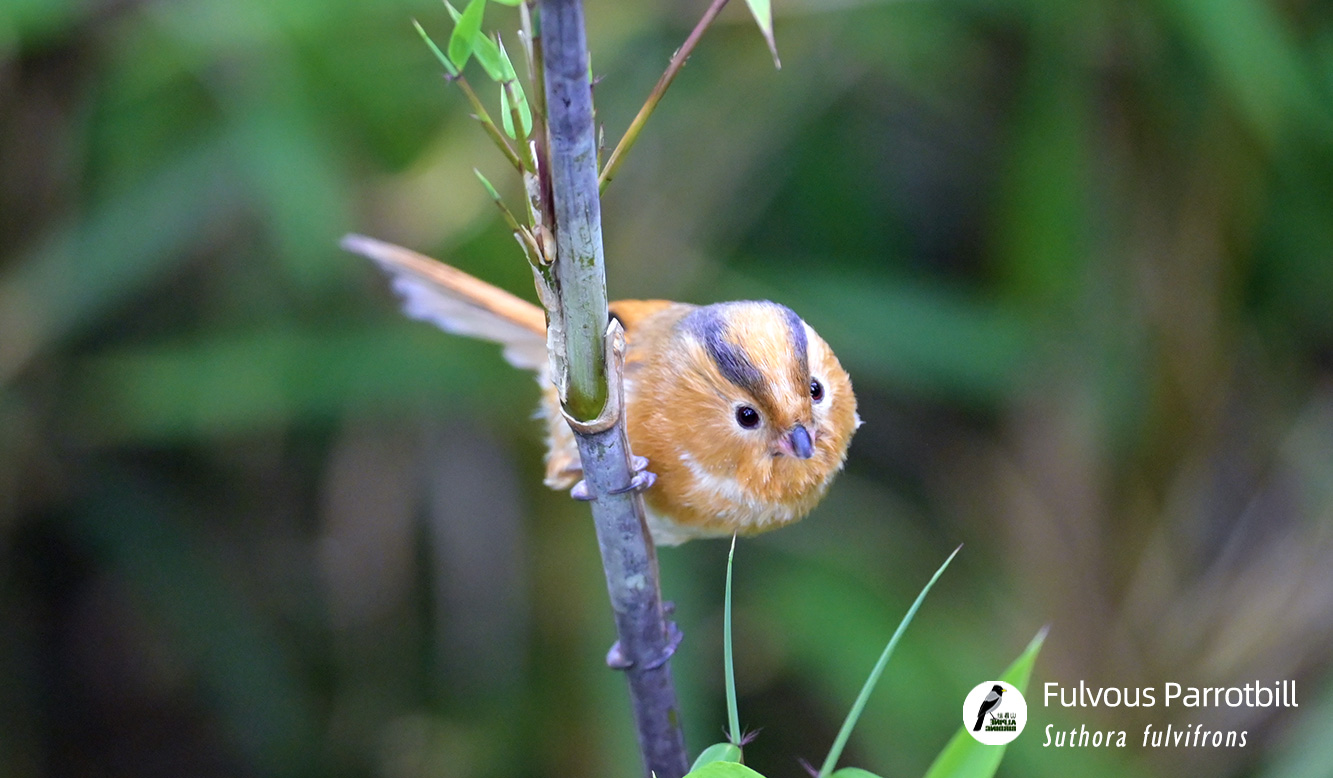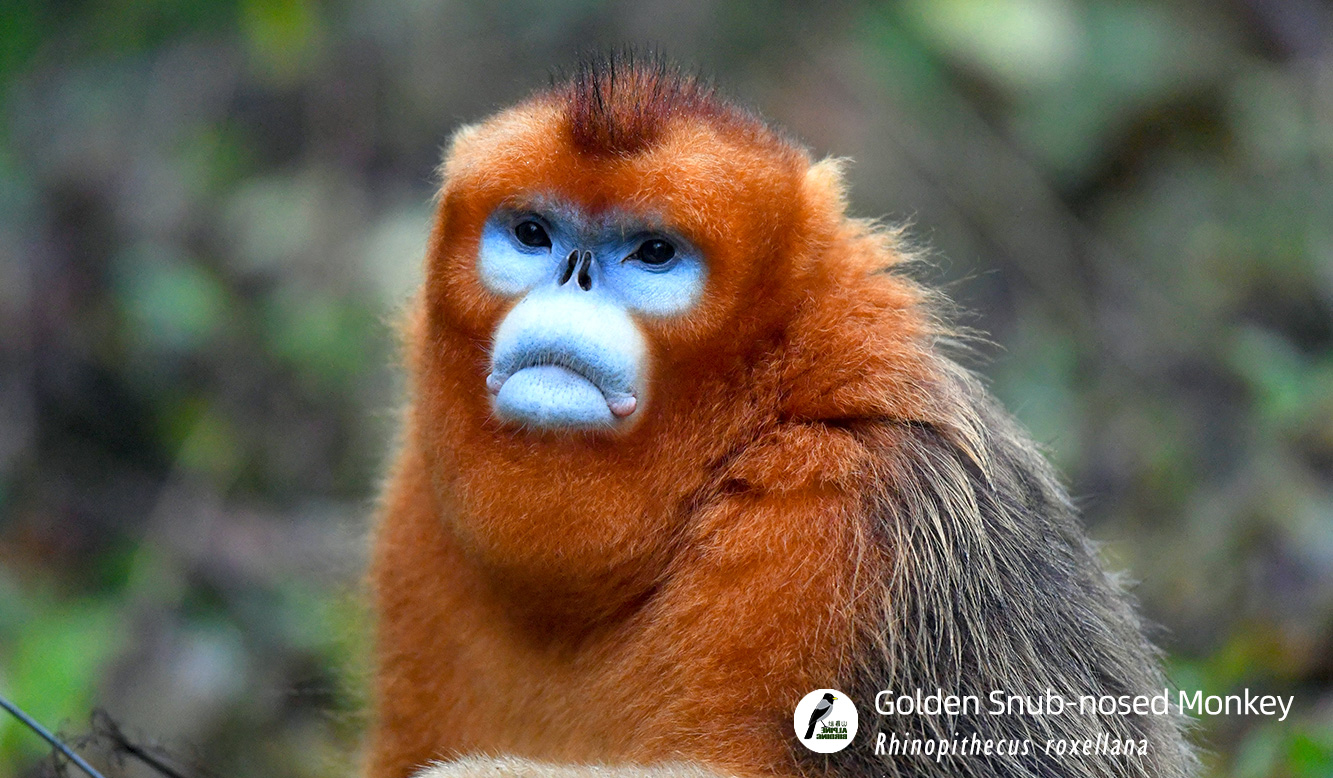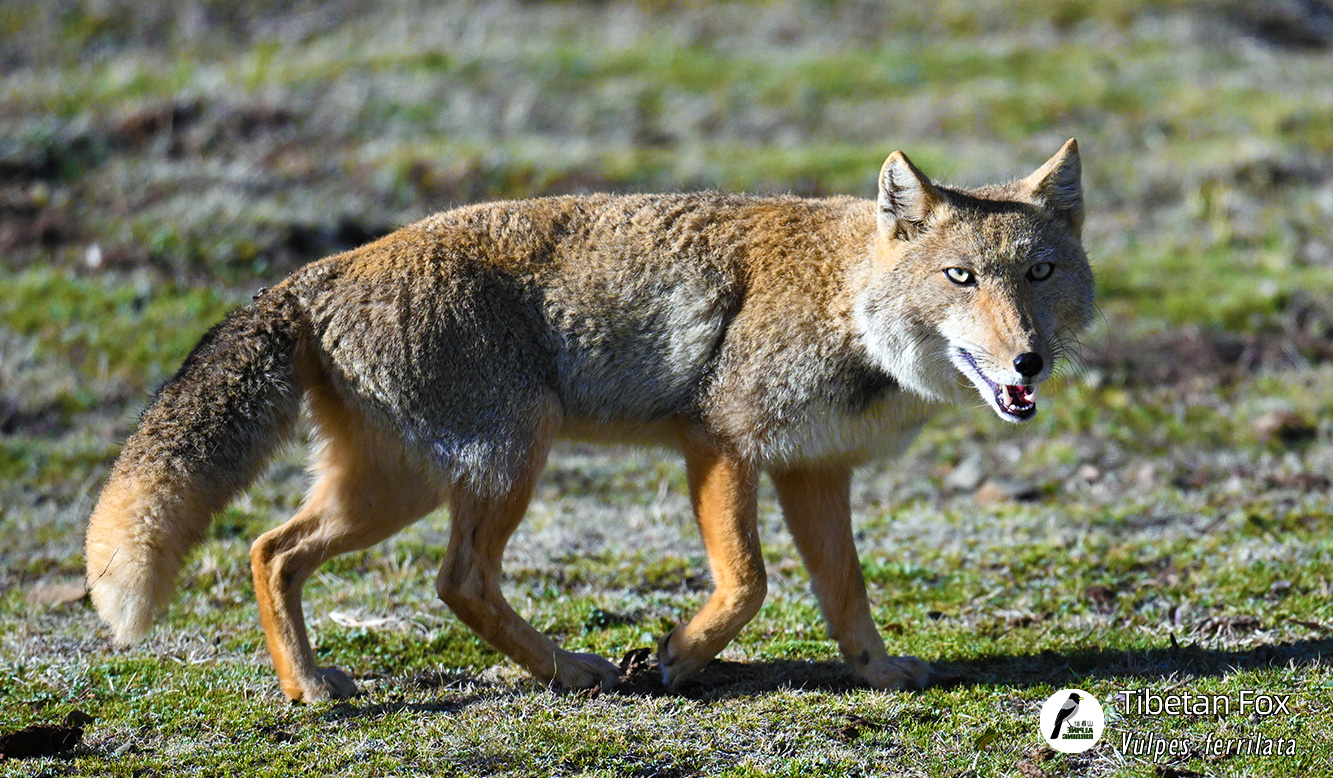Located in southwestern China along the upper reaches of the Yangtze River, Sichuan Province is an inland region covering 486,000 square kilometers and home to over 90 million people. Geographically, the province is divided into three main regions: the Sichuan Basin in the central and eastern areas, the Qinghai-Tibet Plateau in the west and north, and the southern hilly regions. The western part of Sichuan features dramatic landscapes formed by the Qinghai-Tibet Plateau and the Hengduan Mountain Ranges, while the Yunnan-Guizhou Plateau lies to the south and the Qinling-Daba Mountain Ranges to the north.
Thanks to its diverse topography and climate, Sichuan supports a remarkable variety of flora and fauna, including a large number of rare and endemic species. According to surveys, over 750 bird species have been recorded in the province. Sichuan is often referred to as the “Kingdom of Pheasants”, with 23 species under the order Galliformes, accounting for approximately 35% of China’s total. Among these, 10 species are endemic to China.
The province is dotted with outstanding birding destinations, including Wawu Mountain, Emei Mountain, Longcanggou, Balang Mountain, Tangjiahe Nature Reserve, Erlang Mountain, Mengbi Mountain, Ruoergai, Baxi Forest, Wild Flower Lake, Baihe Nature Reserve, Jiuzhaigou Valley National Park, and Laojun Mountain, among others.
With its rich biodiversity, Sichuan is gaining global recognition for its birdlife and wildlife, particularly pheasants, parrotbills, rosefinches, and leaf warblers. This 22-day birding journey is designed to cover nearly all major habitats in the province and includes some of the most celebrated sites such as Hailuogou, Balang Mountain, Wolong Nature Reserve, Mengbi Mountain, Flower Lake, Baxi Forest, and Tangjiahe National Nature Reserve.
Focusing on China's endemic and range-restricted species, this itinerary offers an exceptional opportunity for birders seeking rare and localized birds. While parts of the trip can be physically demanding due to hiking and high-altitude terrain, the rewards are substantial—not only in terms of rare bird sightings, but also extraordinary mammals like the Red Panda, Golden Snub-nosed Monkey, Tibetan Fox, Hog Badger, Takin, Tibetan Macaque, Reeves’ Muntjac, Chinese Goral, Tufted Deer, and Sambar, along with breathtaking scenery and a rich ethnic minority culture.
Tour Info Sheet
| Highlight Birds | Temminck's Tragopan, Golden Pheasant, Tibetan Snowcock, Chestnut-throated Partridge, Chinese Monal, Chinese Grouse, Blue Eared Pheasant, Blood Pheasant, White Eared Pheasant, Grandala, Chinese Rubythroat, Firethroat, Sichuan Jay, Sichuan Wood Owl, Black-necked Crane, Vinous-throated Parrotbill, Brown Parrotbill, Fulvous Parrotbill, Ashy-throated Parrotbill, Great Parrotbill, Three-toed Parrotbill, Grey-hooded Parrotbill, Golden Parrotbill, Przevalski's Pinktail, Collared Grosbeak, White-winged Grosbeak, Goldcrest, Snowy-cheeked Laughingthrush, Giant Laughingthrush, Elliot's Laughingthrush, Slaty Bunting, Crested Tit Warbler, White-browed Tit Warbler, Chinese Fulvetta,Pere David's Tit, Sichuan Tit, White-browed Tit, Sichuan Treecreeper,Wall Creeper, Lammergeier (Bearded Vulture), Red-billed Chough, Yellow-billed Chough, Long-tailed Rosefinch, Common Rosefinch, Chinese Beautiful Rosefinch, Chinese White-browed Rosefinch, Pink-rumped Rosefinch, Dark-breasted Rosefinch, Crimson-browed Finch, Red-fronted Rosefinch, etc. | |
|---|---|---|
| Numbers of Species to Expect | 250-300 | |
| Ease of Birding | mostly easy birding with a few tricky species | |
| Highlight Mammals | Red Panda, Golden-snub-nosed Monkey, Tibetan Fox, Hog Badger, Takin, Tibetan Macaque, Reeves's Muntjac, Chinese Goral, Tufted Deer, Sambar, Masked Palm Civet, etc. | |
| Other Attractions | Tibetan culture, wild panda habitat, and delicate food | |
| Photography opportunities | birding focused, but with very good photography chances | |
| Habitats Covered | subtropical forests, woodlands, grasslands, snow mountains, wetlands | |
| Expected Climate | mostly comfortable, windy and cold on the plateau, humid in the basin, rain is possible | |
| Physical Requirements | mostly easy, demanding, but optional on certain parts | |
| Accommodation | very comfortable | |
| Transportation | 19-seat van |
What makes this trip irreplaceable?
Gallery
Dates & Prices
| Dates | Booking State | Price | Single Supplement | Group Size | Guide |
|---|---|---|---|---|---|
| May 8-May 29, 2026 | Space Available | 5,780USD/pax | 770USD/pax | 8 | Local Guide |
Itinerary
Tour Map
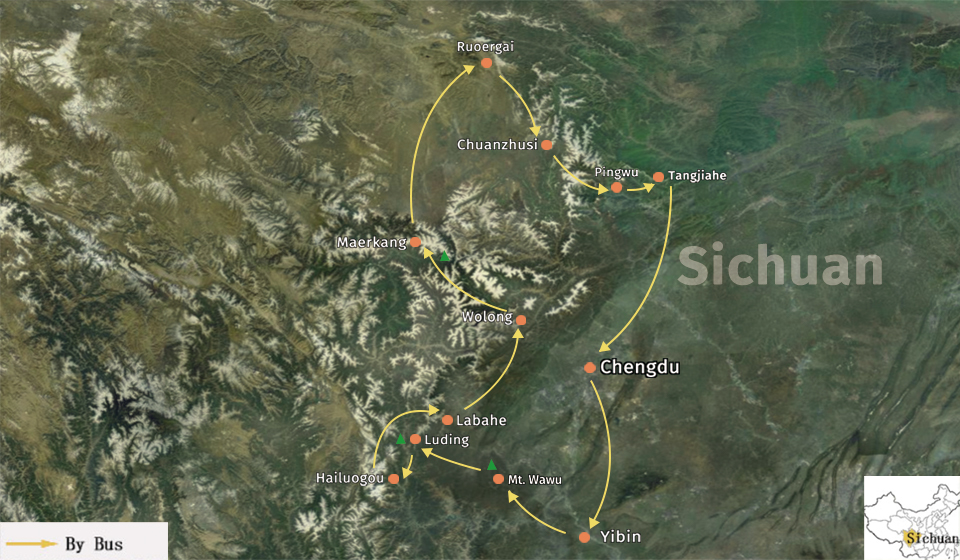
We will spend the full day at several birding hides in Yibin. Tanshi Village, located in a beautiful low-altitude forest, has become a prime birding destination in recent years. With support from the local government, residents have built multiple well-maintained hides, providing food and water to attract birds for birders and photographers. These hides have become a sanctuary for several rare and elusive species that are difficult to observe in the wild, including the Sichuan Partridge, Chinese Bamboo Partridge, Lady Amherst's Pheasant, Silver Pheasant, Temminck's Tragopan, Emei Shan Liocichla, Red-billed Leiothrix, Golden Parrotbill, Golden-breasted Fulvetta, Rusty Laughingthrush, and Red-billed Blue Magpie.
We will spend the morning in Yibin to try again for any remaining target species if needed. Afterward, we'll drive approximately four hours to Longcanggou, located on the backside of Wawu Mountain. Upon arrival, we will begin birding at lower elevations, searching for species such as Gold-fronted Fulvetta, Golden-breasted Fulvetta, Golden Parrotbill, White-backed Woodpecker, Darjeeling Woodpecker, and more.
In the morning, we will return to the lower elevation areas of Longcanggou to look for any remaining targets. After lunch, we will drive to Wawu Mountain. Upon arrival, we will take a cable car up the mountain, check in at our hotel, and begin birding immediately afterward.
Wawu Mountain is not only a popular tourist destination but also an unmissable birding hotspot in China, renowned for its incredible diversity of parrotbills, fulvettas, laughingthrushes, and warblers. In addition to its rich birdlife, Wawu is currently one of the best places to search for Red Pandas in the wild. We will spend a full day exploring different elevations of the mountain in search of target species such as Temminck’s Tragopan, Himalayan Owl, Emei Shan Liocichla, Golden-breasted Fulvetta, Grey-hooded Fulvetta, Ashy-throated Parrotbill, Grey-hooded Parrotbill, Fulvous Parrotbill, Golden Parrotbill, Great Parrotbill, Three-toed Parrotbill, Brown Parrotbill, Red-winged Laughingthrush, Black-faced Laughingthrush, Elliot's Laughingthrush, Hwamei, Hodgson's Treecreeper, Sichuan Treecreeper, Sichuan Thrush, Stripe-throated Yuhina, Speckled Wood Pigeon, Lesser Cuckoo, Himalayan Cuckoo, White-throated Needletail, Darjeeling Woodpecker, Eurasian Three-toed Woodpecker, Vinaceous Rosefinch, Sharpe's Rosefinch, Dark-breasted Rosefinch, Red Crossbill, Rufous-vented Tit, Grey-crested Tit, Coal Tit, Spotted Bush Warbler, Yellow-bellied Bush Warbler, Aberrant Bush Warbler, Ashy-throated Warbler, Buff-barred Warbler, Hume's Leaf Warbler, Sichuan Leaf Warbler, Greenish Warbler, Large-billed Leaf Warbler, Claudia's Leaf Warbler, Chestnut-crowned Warbler, Buff-throated Warbler, Bianchi's Warbler, Martens's Warbler, Scaly-breasted Cupwing, White-browed Bush Robin, Golden Bush Robin, and many more.
This morning, we'll have a final chance to search for any key species we may still be missing before driving to Luding.
We will spend the morning birding on Erlang Mountain, the first major highland along the national highway connecting Chengdu to Lhasa. Since the completion of the Erlang Mountain tunnel, the old mountain pass road has become a peaceful and productive route for birding. In the dense forest, we’ll search for several rare and sought-after species, including the elegant Lady Amherst's Pheasant, the dazzling Firethroat, and the endemic Rufous-tailed Babbler. Other target species may include Lesser Cuckoo, Southern Nutcracker, Yellow-browed Tit, Coal Tit, Cinereous Tit, Yellow-bellied Tit, Black-browed Bushtit, Yellow-streaked Warbler, Buff-throated Warbler, Grey-crowned Warbler, Martens's Warbler, Greenish Warbler, Kloss's Leaf Warbler, White-browed Fulvetta, Chestnut-flanked White-eye, Streak-breasted and Black-streaked Scimitar-Babblers, Chinese Babax, Black-faced and Barred Laughingthrushes, Chestnut and Chinese Thrushes, White-tailed and Golden Bush Robins, Slaty-backed Flycatcher, Mrs. Gould's Sunbird, White-winged Grosbeak, Dark-rumped, Sharpe's, and Vinaceous Rosefinches, Yellow-throated Bunting, and Black-headed Greenfinch. After exploring the mountain, we’ll continue with a scenic four-hour drive to Hailuogou.
Hailuogou is located at the transitional zone from Qinghai Tibet Plateau to Sichuan basin, it is covering 350 hectares at the east slope of Mount Gongga (7,556m, the highest mountain in Sichuan Province). Hailuogou Glacier Park is the only glacier forest park within China. Preserving the precious modern marine time glacier at low altitude, being the largest scaled and most beautiful among those at the same latitude. We will spend one full day here at different elevations searching for the highlight birds like Temminck's Tragopan, Rufous-bellied Woodpecker, White-backed Woodpecker, Necklaced Woodpecker, Yellow-bellied Fantail, Fire-capped Tit, Pere David's Tit, Scaly-breasted Cupwing, Chestnut-headed Tesia, Golden-breasted Fulvetta, Rufous-vented Yuhina, Chestnut-vented Nuthatch, Hodgson's Treecreeper, Sichuan Treecreeper, Himalayan Shortwing, Blue-fronted Robin, Snowy-browed Flycatcher, Sapphire Flycatcher, etc. We will spend the golden morning hours birding in Hailuogou in search of our target species before continuing our drive to Labahe.
We will spend the entire day birding at one of China’s most fascinating sites—Balang Mountain. As the first high peak rising between the Sichuan Basin and the Qinghai-Tibetan Plateau, Balang Mountain marks an important ethnic boundary and, due to its varied topography, supports a rich diversity of flora and fauna.
Our focus will be on alpine species such as Chinese Monal, White-eared Pheasant, Chestnut-throated Monal Partridge, and Blood Pheasant, alongside other remarkable birds including Firethroat, Eurasian Sparrowhawk, Himalayan Vulture, Lammergeier (Bearded Vulture), Golden Eagle, Himalayan Buzzard, Red-billed Chough, Snow Pigeon, Chinese Fulvetta, Streaked Rosefinch, Dark-breasted Rosefinch, Dark-rumped Rosefinch, Crimson-browed Finch, Common Rosefinch, Himalayan Beautiful Rosefinch, Pink-rumped Rosefinch, Kessler's Thrush (White-backed Thrush), Sichuan Thrush, Grey-backed Shrike, Himalayan Bluetail, Rufous-vented Tit, Sichuan Tit, Asian House Martin, Alpine Leaf Warbler, Giant Laughingthrush, Collared Grosbeak, Rufous-breasted Accentor, Blue-fronted Redstart, and White-throated Redstart.
We will spend the morning on Balang Mountain to continue searching for our target species. Afterwards, we’ll drive approximately four hours to Maerkang, birding along the way with chances to spot species such as Wallcreeper and Chinese Long-tailed Rosefinch.
Mengbi Mountain, located between Xiaojin County and Maerkang, is another important birding site on this trip. Its significant elevation range, well-preserved virgin forest, abundant flowering plants, and low human disturbance have made it a true paradise for birds, including endemic species such as the Chestnut-throated Partridge (Verreaux's Partridge) and the rare Sichuan Jay.
In the early morning, we will drive to the mountain’s summit at 3,900 meters and then either walk or drive slowly down, searching for birds along the way. We will spend the entire day birding at various elevations, targeting endemic and fascinating species including White-eared Pheasant, Blood Pheasant, Crested Tit-Warbler, Chinese Fulvetta, the range-restricted Crimson-browed Finch, Three-banded Rosefinch, Pink-rumped Rosefinch, Streaked Rosefinch, White-throated Needletail, Golden Eagle, Eurasian Sparrowhawk, Himalayan Buzzard, Long-tailed Thrush, Przevalski's Nuthatch, Himalayan Bluetail, Slaty-backed Flycatcher, Goldcrest, Rufous-vented Tit, Grey-crested Tit, Hodgson’s Treecreeper, White-winged Grosbeak, Collared Grosbeak, Grey-headed Bullfinch, Maroon-backed Accentor, Hume's Warbler, Sichuan Leaf Warbler, Buff-barred Warbler, Red Crossbill, Plain Mountain Finch, Tibetan Serin, and more.
Ruoergai Marshlands, located in the eastern Tibetan Plateau, form the largest high-altitude marsh area in the world. Situated at around 3,500 meters above sea level, the marshes cover approximately 2,600 square kilometers. We will spend the day exploring diverse habitats in search of birds. In the morning, we’ll focus on the mountain’s virgin forests at the edge of the plateau, which provide excellent habitat for forest species such as the rare Chinese Grouse, Blue Eared Pheasant, elusive Black Woodpecker, Chinese Nuthatch, Plain Laughingthrush (Père David's Laughingthrush), Elliot's Laughingthrush, Snowy-cheeked Laughingthrush (Sukatschev's Laughingthrush), Sichuan Tit, White-browed Tit Warbler, Crested Tit-Warbler, Dusky Warbler, and Slaty-backed Flycatcher.
In the afternoon, we will visit Flower Lake, where we typically enjoy better views of the elegant Black-necked Crane. We’ll walk slowly along the boardwalk, scanning for waterfowl and grassland birds such as Bar-headed Goose, Great Crested Grebe, Horned Grebe, Black-necked Grebe, Tufted Duck, Northern Shoveler, Red-crested Pochard, Common Pochard, Ferruginous Duck, Gadwall, Eurasian Teal, Brown-cheeked Rail, Tibetan Sand Plover, Citrine Wagtail, Little Ringed Plover, White-rumped Snowfinch, Rufous-necked Snowfinch, Ground Tit, Tibetan Lark, Horned Lark, Oriental Skylark, Himalayan Vulture, Upland Buzzard, and Common Kestrel. Occasionally, more elusive species like Whooper Swan and Eurasian Bittern can be spotted at a distance.
We will also keep an eye out for plateau mammals such as the Plateau Pika, Himalayan Marmot, Tibetan Fox, and Hog Badger.
Day 17: Ruoergai to Chuanzhusi (2.5hrs, 3500-3000m).
This morning we will go to the forest to try our targets again before driving to Chuanzhusi.
Today, we will visit a nearby mountain to search for the endemic and rare Sichuan Wood Owl (Père David's Owl), as well as the elusive Tibetan Snowcock. We will also look for other species such as Grandala, Three-banded Rosefinch, Crested Tit-Warbler, White-browed Tit-Warbler, Goldcrest, Chinese Rubythroat, and more. After leaving Chuanzhusi, we will continue our drive toward Pingwu.
Tangjiahe is one of China’s premier sites for spotting both mammals and birds. We will primarily explore the area during the early morning and late afternoon, when wildlife activity is at its peak. Expect to encounter fascinating bird species such as Golden Pheasant, Tawny Fish Owl, Mountain Hawk Eagle, Pacific Swift, Brown Dipper, Grey-capped Pygmy Woodpecker, White-backed Woodpecker, Great Spotted Woodpecker, Grey-headed Woodpecker, Mountain Bulbul, Brown-breasted Bulbul, Spectacled Fulvetta, Sooty Bushtit, Crested Kingfisher, Little Forktail, White-crowned Forktail, Blue Rock Thrush, Zappey’s Flycatcher, Fujian Niltava, White-collared Yuhina, Slaty Bunting, Grey-headed Canary-flycatcher, Sulphur-breasted Warbler, Chestnut-crowned Warbler, and more.
Mammal sightings here are equally rewarding. We may be lucky enough to see a Takin cross the road right in front of us. Tibetan Macaques, the elusive Yellow-throated Marten, and Reeves’ Muntjac often wander along riversides, while the Chinese Goral is usually spotted on cliffs. Species such as Chinese Serow, Tufted Deer, and Asiatic Black Bear are more secretive and require greater effort and a bit of luck to observe.Guide(s)
We will arrange one of our best local guides for this trip who has rich experience of guiding tours in this region. The following are some of our best local guides in and around this area.
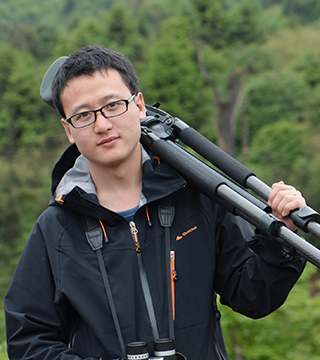 Shay Xie
Shay Xie
Shay is among the first group of professional bird guides with the academic background of ornithology. He spent his childhood in a small county of Chongqing municipality where is the eastern edge of Daba mountains. Being brought up in a beautiful natural environment and surrounded by beautiful nature creatures, Shay has developed a strong interest in nature and birds since he was a small kid. Following the call from his inner heart, he chose to study ecology as his major when he was admitted to Sichuan University. The campus of Sichuan University itself is one of the most famous birding sites in Sichuan and he spent most of his afterschool time birding there. Since that time he started working as a part-time bird guide. After four years of academic study in the university and birding on the campus, he recorded many rare bird species including Blackthroat and Firethroat in Chengdu. Before he joined AlpineBirding, he worked as a professional freelancer bird guide and often participated in some special surveys on birds and mammals in southwestern China. These experiences form fields that have greatly enriched his knowledge of birds and nature. By now, he has successfully guided many avid birders from different countries including Norway, Britain, US, Russia, Sweden, Thailand, Israel, etc. Now working as a full-time bird guide in AlpineBirding, Shay will do his best to create your best birding experiences in China with his experiences, knowledge and passion.

Bella Zhang
Bella, the director of AlpineBirding, graduated from Sichuan Agricultural University with a Bachelor's Degree. She joined AlpineBirding in early 2016 and became the director of AlpineBirding in 2018. She was born and grew up in a Bai ethnic family in Yunnan Province which boasts of the largest number of bird species in China. Her interests toward birds started with her observation of a Long-tailed Minivet in her mom's garden at a very young age. As she grows up, the interests and love toward birds become stronger and stronger. Because of that, she found AlpineBirding before graduation and joined the company for further learning of birds. Bella has guided a number of birding trips in cooperation with AlpineBirding guide in the past years, her passion, readiness to help and detail-oriented attitude have won her lots of praise from our clients.
